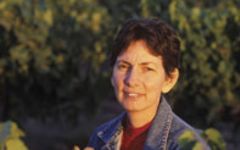Snoqualmie Reserve Merlot 2002

Product Details
Your Rating
Somm Note
Winemaker Notes
FOOD PAIRINGS: Lamb chops with red wine & honey glaze, Pepper crusted duck, Penne with tomatoes.
The 2002 growing season began with very cold weather, which resulted in a slightly lower fruit set. Temperatures spiked in mid–July, then dropped to normal the back half of the growing season, allowing grapes to reach full maturity. The 2002 harvest is the fifth consecutive outstanding vintage in Washington state. At harvest fruit size was smaller than average, with intense flavors, abundant sugar and bright acidity.
Other Vintages
2001-
Wine
Spectator
-
Wine
Spectator
-
Wine
Spectator
-
Wine &
Spirits
-
Wine
Spectator


Snoqualmie has been producing classic varietal wines from Columbia Valley vineyards for over two decades. Snoqualmie's vineyards lie within three distinct growing regions of the Columbia Valley: Wahluke Slope, Yakima Valley and Horse Haven Hills. Each area produces grapes with flavors unique to the area, and Joy considers the individuality of each growing region one of her strongest winemaking tools.
Styled for easy drinking and as a complement to food, the Columbia Valley tier wines are as welcome on a picnic table as they are on a linen tablecloth.
Rosebud Vineyard, on the Wahluke Slope, one of the warmest areas in the state, was planted in 1981 and is one of the original vineyards for Snoqualmie wines. As of 1991 Snoqualmie has an exclusive contract with Rosebud Vineyards. It is the source for their single vineyard Cabernet Sauvignon.
Snoqualmie's reserve wines are made a barrel at a time using artisan winemaking techniques. Quantities are extremely limited.

With generous fruit and supple tannins, Merlot is made in a range of styles from everyday-drinking to world-renowned and age-worthy. Merlot is the dominant variety in the wines from Bordeaux’s Right Bank regions of St. Emilion and Pomerol, where it is often blended with Cabernet Franc to spectacular result. Merlot also frequently shines on its own, particularly in California’s Napa Valley. Somm Secret—As much as Miles derided the variety in the 2004 film, Sideways, his prized 1961 Château Cheval Blanc is actually a blend of Merlot and Cabernet Franc.

A large and geographically diverse AVA capable of producing a wide variety of wine styles, the Columbia Valley AVA is home to 99% of Washington state’s total vineyard area. A small section of the AVA even extends into northern Oregon!
Because of its size, it is necessarily divided into several distinctive sub-AVAs, including Walla Walla Valley and Yakima Valley—which are both further split into smaller, noteworthy appellations. A region this size will of course have varied microclimates, but on the whole it experiences extreme winters and long, hot, dry summers. Frost is a common risk during winter and spring. The towering Cascade mountain range creates a rain shadow, keeping the valley relatively rain-free throughout the entire year, necessitating irrigation from the Columbia River. The lack of humidity combined with sandy soils allows for vines to be grown on their own rootstock, as phylloxera is not a serious concern.
Red wines make up the majority of production in the Columbia Valley. Cabernet Sauvignon is the dominant variety here, where it produces wines with a pleasant balance of dark fruit and herbs. Wines made from Merlot are typically supple, with sweet red fruit and sometimes a hint of chocolate or mint. Syrah tends to be savory and Old-World-leaning, with a wide range of possible fruit flavors and plenty of spice. The most planted white varieties are Chardonnay and Riesling. These range in style from citrus and green apple dominant in cooler sites, to riper, fleshier wines with stone fruit flavors coming from the warmer vineyards.
